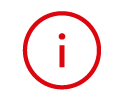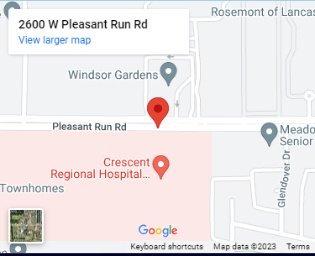Job Summary
Performs a variety of imaging procedures, including CT procedures, and is responsible for patient safety protocols. Functions as the first line interface with customers in the successful accomplishment of their imaging needs. Participates in CQI activities.
Demonstrates Competency in the Following Areas:
- Responsible for the care and safety of patients undergoing treatment and use of equipment to minimize hazards of electric shock, burns and extraneous radiation to patients.
- Knowledgeable to CT safety protocols.
- Determines most suitable anatomical posture and positions and shields patients accordingly.
- Able to assess patient pain interfering with imaging procedure; makes appropriate physician contact for intervention
- Performs all aspects of patient care in an environment that optimizes patient safety and reduces the likelihood of medical/health care errors.
- Supports and maintains a culture of safety and quality.
- Practices medical and surgical aseptic procedures.
- Takes call according to monthly schedule after the closing of the regular department hours.
- Completes all work before clocking out and leaving. This includes checking with nurses’ stations.
- Performs all quality control checks, as prescribed.
- Maintains accurate QC logs, service records, etc.
- Performs highest quality imaging consistent with prescribed examination; documents and deviation.
- Interacts professionally with patient/family.
- Understands and practices proper use of all equipment; never operates equipment inconsistent with manufacturer's instruction.
- Provides care appropriate to condition and age of the patient, including pediatric, geriatric and general population.
Professional Requirements:
- Meets dress code standards; appearance is neat and clean.
- Completes annual educational requirements.
- Maintains regulatory requirements.
- Reports to work on time and as scheduled; completes work within designated time.
- Consistency completes and maintains assigned duties; maintains PAR levels.
- Wears identification while on duty; uses computerized punch time system correctly.
- Attends annual review and department inservices, as scheduled.
- Attends staff meetings, reads and returns all monthly staff meeting minutes.
- Maintains hospital requirements, policies and standards on confidentiality.
- Knowledgeable of local fire and safety regulations.
- Actively participates in performance improvement and continuous quality improvement (CQI) activities.
- Complies with all organizational policies regarding ethical business practices.
- Communicates the mission, ethics and goals of the hospital as well as the focus statement of the department.
Regulatory Requirements:
- Two (2) year of CT imaging experience.
- Advanced-level certification by the American Registry of Radiologic Technologists (ARRT) (CT).
- Prefer specific experience and training in CT/MRI.
- Graduation from an AMA-approved school of Radiologic Technology.
- Registered with the American Registry of Radiologic Technologists.
- Current BCLS certification.
- Knowledge and understanding of general anatomy, physiology and medical terminology.
- Possesses a high level of knowledge of cross-sectional anatomy.
- Proficiency with most major CT equipment manufacturers' hardware and software.
Language Skills:
- Able to communicate effectively in English, both verbally and in writing.
- Additional languages preferred.
Skills
- Basic computer knowledge.
- Must be have excellent communication skills.
- Must be self-directed.
Physical Demands
- For physical demands of position, including vision, hearing, repetitive motion and environment, see following description.
Reasonable accommodations may be made to enable individuals with disabilities to perform the essential functions of the position without compromising patient care.



